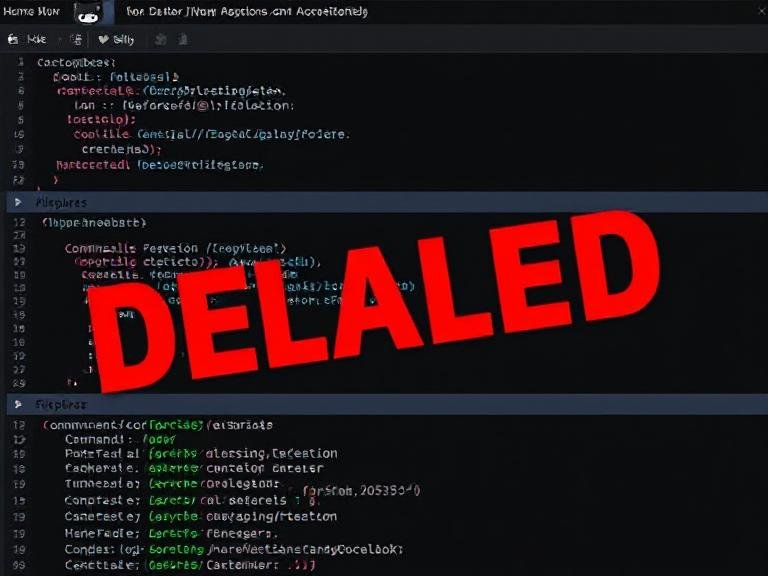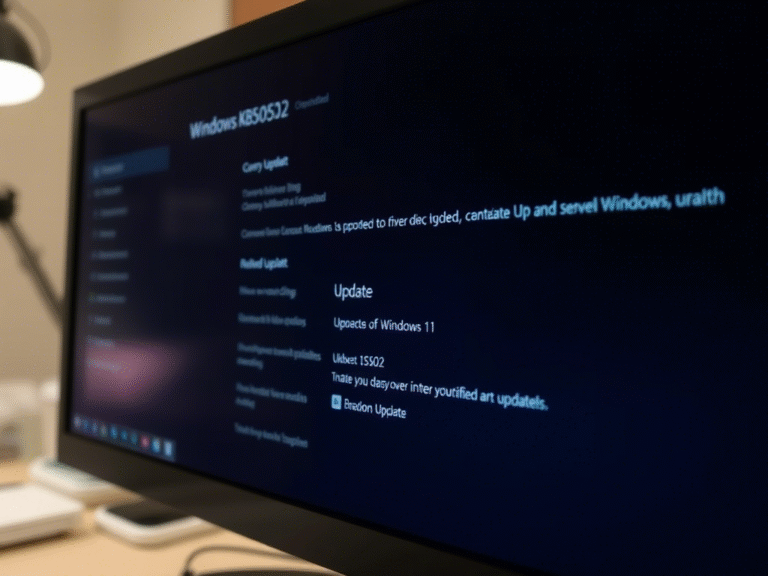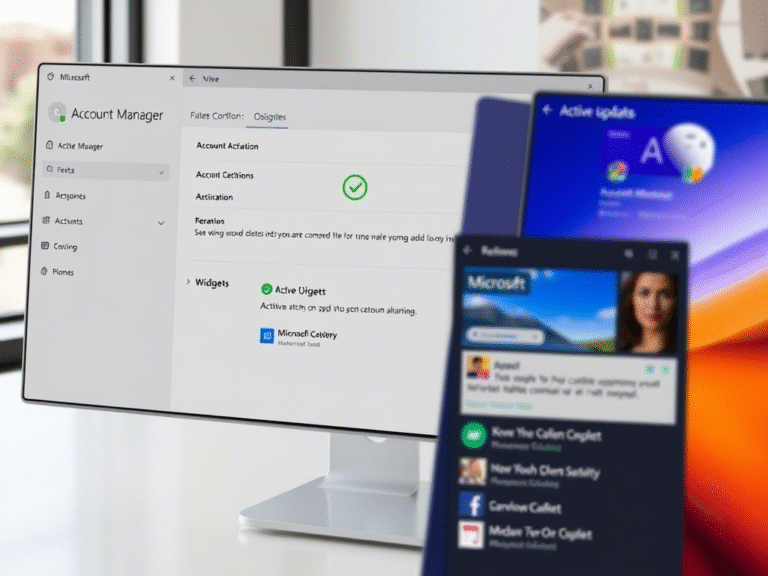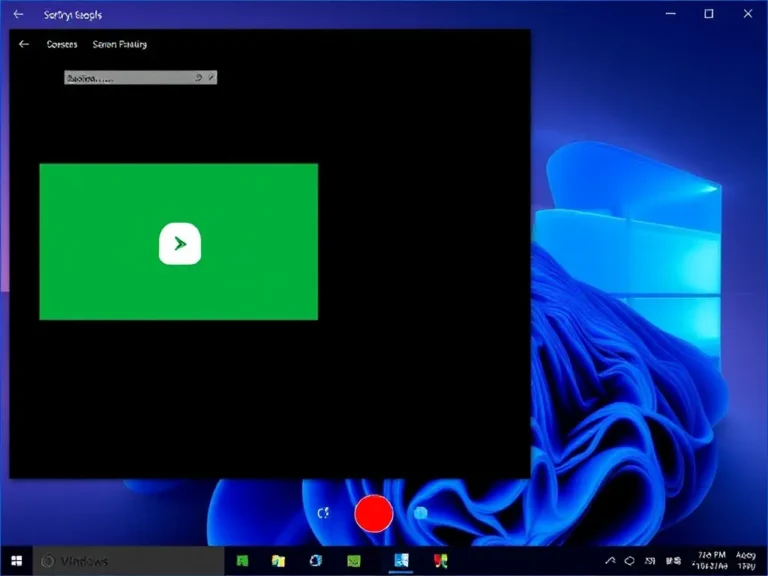No More Third-Party Tools? Microsoft’s Built-in Backup App Goes Live for Windows 10
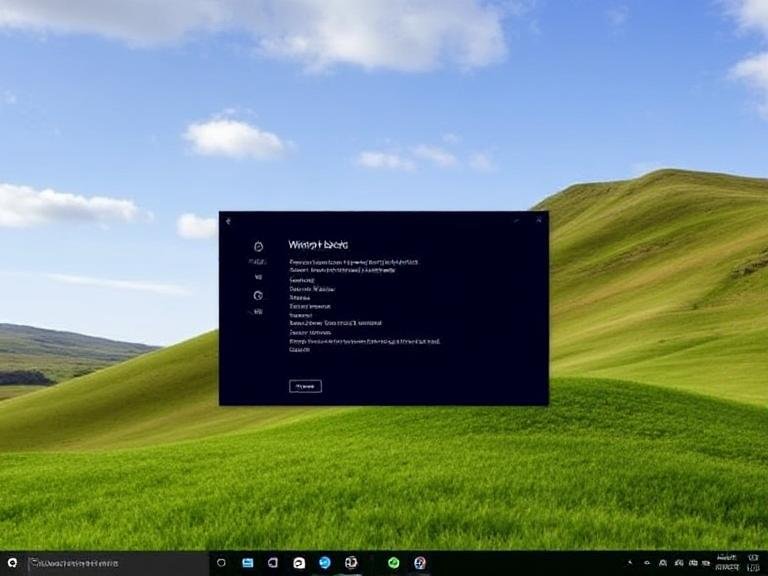
No More Third-Party Tools? Microsoft’s Built-in Backup App Goes Live for Windows 10
Microsoft has rolled out a new Release Preview update for Windows 10 Insiders — build 19045.6276, released under KB5063842 — bringing a mix of bug fixes, security improvements, and one major new feature that enterprises have been waiting for.
The standout addition? The Windows Backup for Organizations app is now generally available, moving out of preview and into full production for businesses using Windows 10 and preparing for Windows 11 transitions.
A Big Step for Business Continuity
For IT administrators and organizations managing large fleets of PCs, this update marks a meaningful shift. The newly launched Windows Backup for Organizations is designed to make device migration smoother and less disruptive.
According to Microsoft, the tool enables enterprise-grade backup and restore, helping companies refresh hardware, upgrade to Windows 11, or deploy new AI-powered PCs — all while keeping employee data and settings intact.
“Experience seamless device transitions with enterprise-grade backup and restore,” Microsoft states in the official changelog. “This solution helps sustain productivity with minimal disruption, ensuring business continuity and organizational resilience.”
It’s not just about copying files. The feature aims to preserve user preferences, app configurations, and even access rights, reducing setup time when moving to a new machine.
What Else Is New in KB5063842?
Beyond the backup rollout, this update includes several fixes that improve stability, accessibility, and compliance — especially for enterprise users.
✅ Key Fixes in This Build:
- Mobile Operator Profiles: Updated COSA (Country and Operator Settings Asset) profiles for better carrier compatibility.
- Text Input: Fixed an issue where certain supplementary Unicode characters didn’t display correctly in text fields.
- Remote Camera Access: Resolved a problem where
mf.dllfailed to detect redirected webcams in Remote Desktop Services (RDS) environments. - Accessibility: Corrected a bug where Narrator read the wrong label for the “Enhance Facial Recognition Protection” checkbox in Windows Hello settings.
- Family Safety: Fixed an issue where the “Ask to Use” approval prompt wasn’t appearing when a blocked app was launched.
- Removable Storage: Addressed a problem where the Removable Storage Access group policy didn’t work as expected.
- Chinese IME: Fixed display issues in the Simplified Chinese Input Method Editor, where extended characters appeared as empty boxes.
- Search Panel: Resolved a layout bug that prevented the preview pane from showing correctly in the Windows Search interface.
New Feature for Zero Trust & Network Control
One quiet but important addition targets organizations with strict security policies.
This update introduces support for blocking outbound network traffic on devices using:
- Windows 10 keyless Commercial ESU (Extended Security Updates)
- Paired with a Windows 365 subscription
This change helps businesses comply with Zero Exhaust and Zero Trust network models by giving IT more control over what data leaves the device — even after mainstream support ends.
It’s a smart move, especially with Windows 10 end-of-support just around the corner in October 2025. Companies relying on ESU to extend security coverage can now do so with stronger network governance.
Who Gets This Update?
This build is currently available in the Release Preview Channel for Windows 10 Insiders, meaning it’s likely to reach all Windows 10 devices in the coming weeks through regular updates.
While most home users won’t see the backup tool just yet (it’s focused on enterprise scenarios), the underlying fixes will benefit all users — especially those in corporate environments or using remote desktop setups.
Final Thoughts
Build 19045.6276 might not bring flashy new features for everyday users, but for businesses, it’s a solid step forward. The general availability of Windows Backup for Organizations fills a long-standing gap in Microsoft’s device management ecosystem.
Combined with improved security controls and essential bug fixes, this update shows Microsoft is still supporting Windows 10 with meaningful tools — even as the platform nears its end of life.
For IT teams, now’s a good time to test the new backup solution and ensure migration workflows are ready for the next phase of Windows evolution.
👉 You can read the full details on the official Microsoft blog
